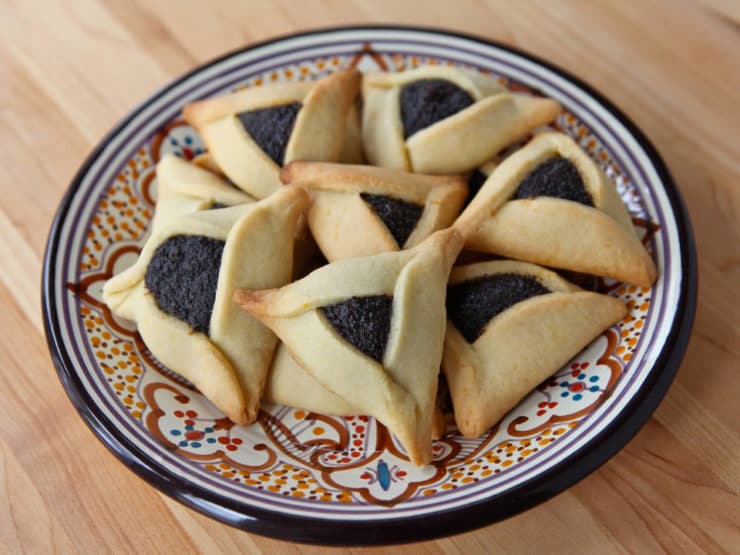Thank you Norcalbaker59, for posting Tori Avey's link. In all my research, I had not come across that one. Her telling of the Kolache history seems to be spot on.
Once again, my Polish grandmother made these to perfection (I don't remember what she called them), but we have no recipe. These are photos that come close to what I remember:
I recently saw a young Polish woman (Tina) on YouTube make them, and that set me off on an adventure to try and capture some early memories. Using Tina's recipe, I was not happy with the dough results. The finished dough was too dry and dense, and not soft and pillowy, the way I remember them. Her dough also lacked depth of flavor. My grandmother's dough was sweet and memorable, like I remember tasting a brioche for the first time. But it was not a brioche dough (I don't think). It was a simple, sweet Polish pastry dough.
I did more research and communicated with other Polish bakers. I altered Tina's recipe about three times, and I settled on buttermilk instead of milk, fresh yeast instead of dry, and I began with a pre-ferment. After the first 1-hour rise, I was told to form my dough balls into dough circles with indents for filling, and then cover those and place them in the fridge overnight for a slow, second rise. When I baked the final experiment batch, I thought they were close to perfection, except, my dough had a far too strong flavor of yeast. Other than that, the dough was tasty in a more complex way, soft, and beautifully textured.
Research is suggesting I must reduce the yeast amount to reduce the yeasty flavor. Since I'm not in a rush to make these, I don't mind letting the dough take its time to rise properly.
My final recipe calls for 250g flour + 125g buttermilk + 20g fresh yeast. How low can I go with the yeast amount to get a worthwhile experiment that won't be ruined? And I'm assuming the dough will tell me when it is ready by how much it has grown over time. Thank you.
(Edit) I just found out the ToriAvey link is actually a Gil Marks recipe for Kolaches. And Gil Marks is deceased.

